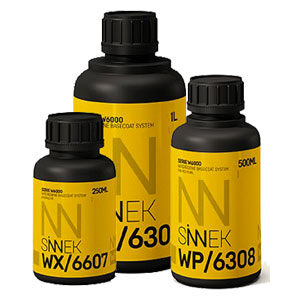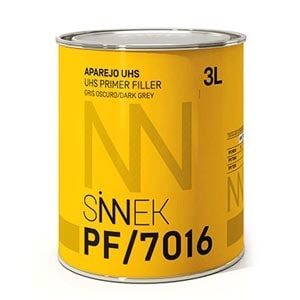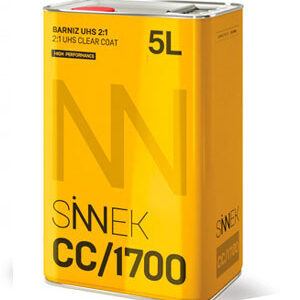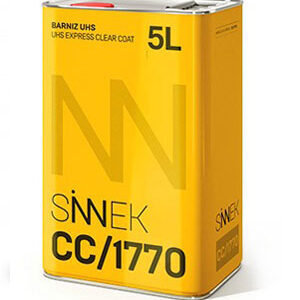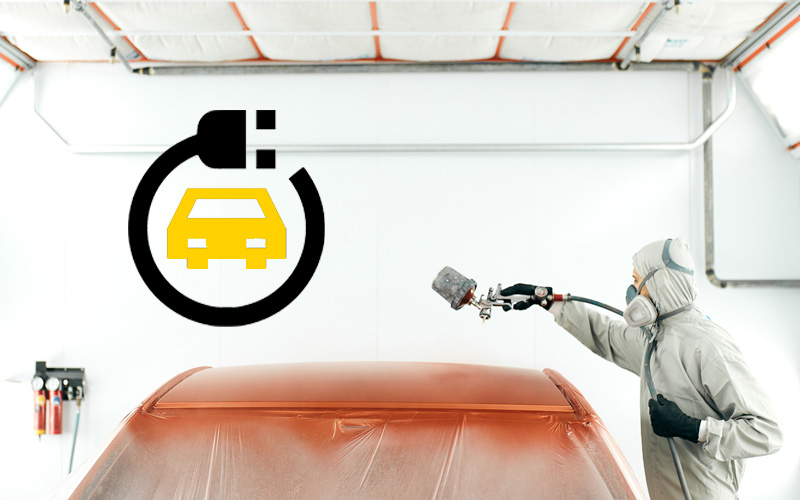
It is becoming more and more common practice to see electric or hybrid cars on the road, and consequently, at the bodyshop. While it is true that the process of repainting an electric car does not differ greatly from other types of vehicles, it will be advisable to take into account certain aspects to obtain a quality repair, to prevent impacting other vehicle elements.
The following post provides information on the most relevant aspects and tips for professionals to consider for painting an electric car efficiently and safely.
Professional’s safety when painting an electric car
One of the aspects professionals shall pay attention to while painting electric or hybrid cars will be those related totheir own safety.

Firstly, professionals must use all the Regulatory PPE in regular repairs, such as coveralls, masks, gloves and goggles.
Before starting the repair process, you must ground the static charges of all the parts you are going to work on. You should turn the power off and make sure that there is no voltage or that none will be connected throughout the whole repair process.
To do this, you should connect a conductor cable from the vehicle to a ground power to dissipate this power. To further reduce the static charge of the parts, you can use special cloths to reduce attraction of particles and impurities.
Once all these safety requirements have been checked, you can the start repairing the vehicle calmly.
Drying temperature
One of the most important aspects when repairing and repainting an electric car is the drying temperature of the vehicle.
Humidity and temperature are factors that can affect the correct operation of its electrical components, such as the battery.
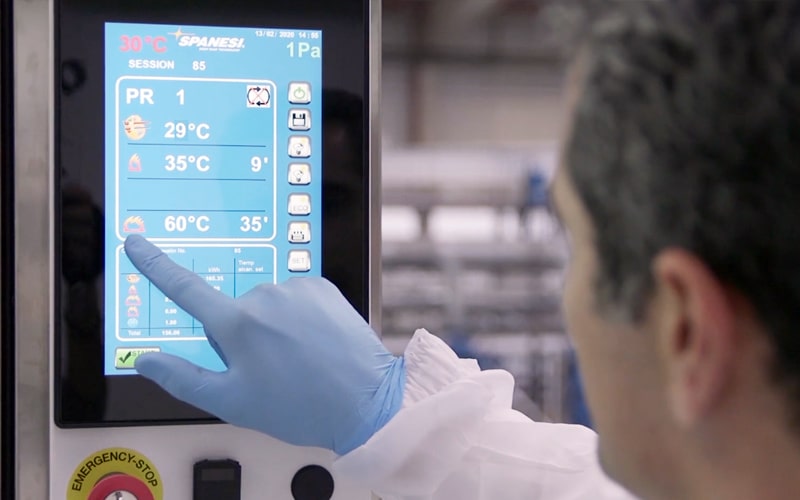
This is why vehicle manufacturers themselves specifically indicate in the vehicle’s documentation the temperature limits that must be observed during the painting and drying process of the electric car. These must be observed at all times.
If these temperatures exceed the maximum level recommended (average maximum temperature 65°C), this may cause the battery to lose energy storage capacity or hinder its functioning.
Efficient solutions for low-temperature painting of electric or hybrid cars
In order to stay ahead of the sector, SINNEK has always focused on developing designs of high performance products that can be used in low temperature drying processes, to increase productivity in this context and repairs, as is the case of electric car painting.
Immediate coat paints
SINNEK has a wide range of polyester putties and high performance fillers whose versatility and efficiency allow drying at low temperatures.
As for bodywork putties, these can be used to get a surface ready to be sanded after drying at room temperature for 20 minutes. This can be reduced to 5 minutes with infrared drying. Click here for more information on our range of car putties.

Both the sandable filler and wet-on-wet filler are products that allow performing high efficiency repairs at low temperatures.
For example, SINNEK’s UHS PF/7040 filler, combined with fast hardeners, can be sanded after 30 minutes at 20ºC room temperature, after 15 minutes at 60ºC room temperature, or after only 8 minutes if using infrareds.
On the other hand, the PW/7040 wet-on-wet filler allows applying the finishing paint directly on the surface after 20 minutes of evaporation, without the need for sanding.
Finish paints
Within this range of products, SINNEK’s W600 Series two-coat water-based system stands out due to its excellent drying performance at low temperatures in a spray booth or air drying. Furthermore, the air drying option also saves energy compared to accelerated cabin drying.

The W6000 Series system will allow professionals to obtain ready surface to apply the final clearcoat after 15 minutes at a 20ºC room temperature. This time can be reduced to 5 minutes by using Venturis.
On the other hand, products such as clearcoat CC/1700 UHS HIGH PERFORMANCE or CC/1770 UHS EXPRESS clearcoat in combination with their respective fast hardeners, are specially designed for fast drying even at low temperatures. This makes them a perfect partner for the efficient painting of electric cars.
For example, the CC/1770 clearcoat is a product that has been formulated for basecoat water-based systems in partial repairs and stands out for its excellent gloss appearance and speed in hardening. Your car can be available 40 minutes after applying the clearcoat, without any expenditure on heat energy in the booth, This can lead to very significant savings in the painting cycle, and an increase in productivity. A drying cycle of 10 minutes at 60ºC or 20 minutes at 40ºCcan be performed. With Infrareds it would be ready in 5 minutes.
Conclusion
As we have seen, the process for painting electric cars is quite similar to that of other types of cars. However, as these vehicles have electrical components, taking the necessary safety measures for this type of work, adapting the drying process and using the appropriate products will be essential if we are not to interfere with the proper functioning of these elements.



